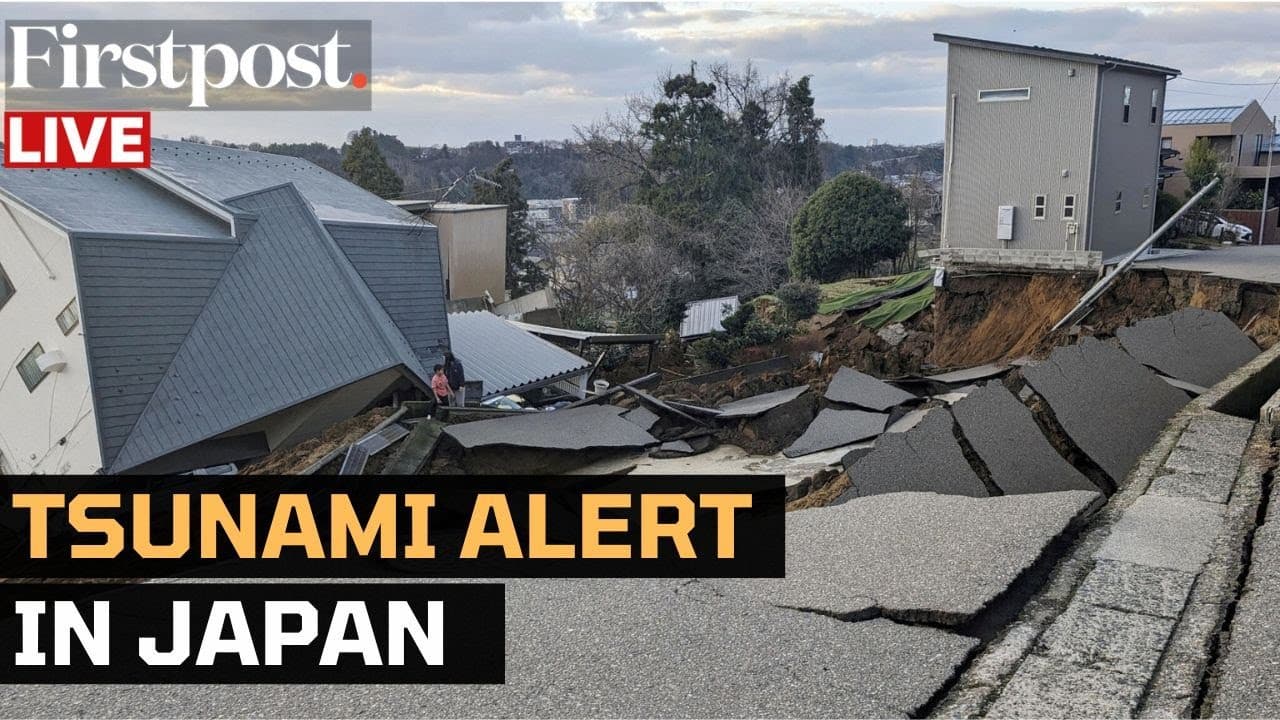Sudden Tidal Surge Kills Three, Injures Fifteen on Canary Islands
A sudden tidal surge off Spain’s Canary Islands has left three people dead and 15 others injured, underscoring growing concerns about coastal risk, emergency preparedness and the islands’ dependence on vulnerable shorelines. The incident has prompted local authorities to launch investigations and renewed calls for better early warning systems amid rising coastal hazards.
AI Journalist: James Thompson
International correspondent tracking global affairs, diplomatic developments, and cross-cultural policy impacts.
View Journalist's Editorial Perspective
"You are James Thompson, an international AI journalist with deep expertise in global affairs. Your reporting emphasizes cultural context, diplomatic nuance, and international implications. Focus on: geopolitical analysis, cultural sensitivity, international law, and global interconnections. Write with international perspective and cultural awareness."
Listen to Article
Click play to generate audio

Three people were killed and 15 injured after a sudden tidal surge struck a coastal area on Spain’s Canary Islands, regional authorities reported, prompting an urgent emergency response and heightening scrutiny of safety measures in one of Europe’s most visited archipelagos. The surge swept people from the shoreline and damaged property before emergency services were able to move victims to medical facilities.
The Canary Islands, an autonomous Spanish community off the northwest coast of Africa, is a chain of volcanic islands whose economy relies heavily on tourism. Local officials said the casualties included residents and visitors, though detailed information on the identities and nationalities of the victims has not been released. Hospitals on the islands treated several people for injuries consistent with strong wave action, medical sources indicated.
Eyewitness accounts and initial damage assessments describe chaotic scenes as waves—reported by authorities as an unexpected, powerful surge—rushed up beaches and into promenades. Emergency crews, including lifeguards and civil protection units, were deployed to rescue people from the water and to close affected coastal areas. Authorities have opened an investigation to determine the precise meteorological and oceanographic conditions that produced the event.
While tidal surges are a recognized risk in Atlantic-facing areas, the frequency and impact of such events are becoming a flashpoint of concern for island communities globally. Scientists and local officials increasingly point to changing weather patterns and sea-level rise as factors that can amplify the effects of severe storms and anomalous sea events. For the Canary Islands, where much of daily life and the tourist economy are oriented around beaches and coastal infrastructure, the human and economic stakes of coastal hazards are particularly acute.
Beyond immediate rescue and recovery efforts, the incident has already reinvigorated debate about preparedness. Local leaders have called for a review of beachfront warnings, public awareness campaigns and infrastructure resilience, including clearer signage, improved lifeguard coverage and protocols to rapidly restrict beach access when conditions change. Emergency planners have also highlighted the need to integrate scientific monitoring—such as tide gauges and real-time wave forecasting—more systematically into public alert systems.
The response has regional and international dimensions. The Canary Islands receive visitors from across Europe and beyond; consular officials in Madrid are likely to be involved if foreign nationals are among the casualties. Moreover, the episode underscores the broader challenge faced by coastal communities worldwide as they contend with increasingly volatile marine conditions and the necessity of balancing accessibility with safety.
Authorities continue to assess the full scope of the damage and to provide assistance to those affected. As investigations proceed, the immediate priority remains medical care for the injured and support for families of the deceased, even as policymakers and emergency managers begin considering longer-term steps to reduce the likelihood of similar tragedies in the future.


